#nidulariaceae
Text
It's not Funguary, but I was bored and decided to draw mushrooms from photos, most of which I had saved for the challenge

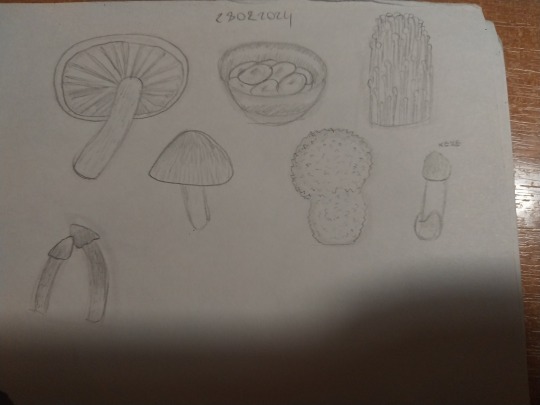
I'm planning to draw mushrooms that match my OCs, but I haven't decided yet how this will be done (You may have seen one of them for 21 days with Giant Puffball)
#artist on tumblr#sketch#mushroom#fungi#boletus edulis#porcini#rubroboletus satanas#satan's bolete#mycena subcyanocephala mushroom#blue bonnet#laccaria amethystina#amethyst deceiver#nidulariaceae#bird's nest fungus#flammulina filiformis#enoki#mycena pura#lilac bonnet#lycoperdon perlatum#puffball#common puffball#phallus impudicus#common stinkhorn#mutinus caninus#dog stinkhorn
8 notes
·
View notes
Photo


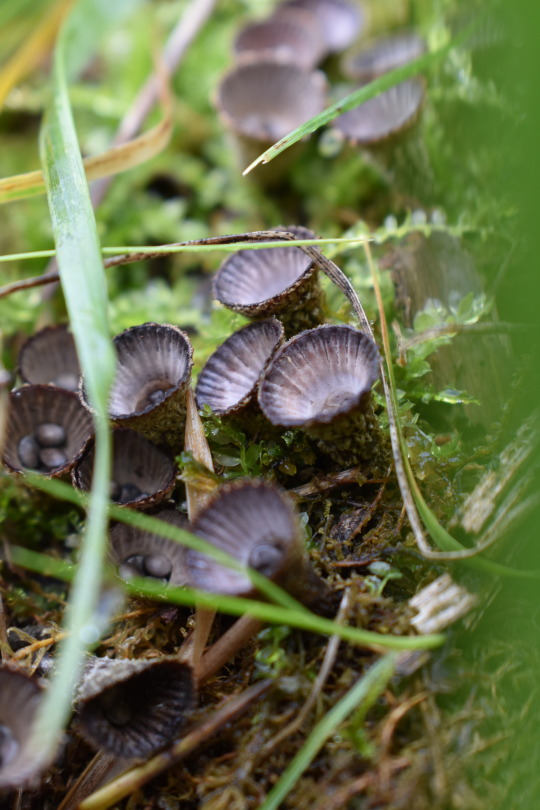
Cyathus sp.
Nidulariaceae
Photographs taken on October 1, 2022, near Orangeville, Ontario, Canada.
15 notes
·
View notes
Video
Cyathus novaezelandiae or Birds Nest Fungi, Tara Ridge by Steve Axford
#Cyathus#Cyathus novaezelandiae#Birds Nest Fungi#Nidulariaceae#fungi#fungus#mycology#cool fungi#mushrooms#shrooms
38 notes
·
View notes
Text

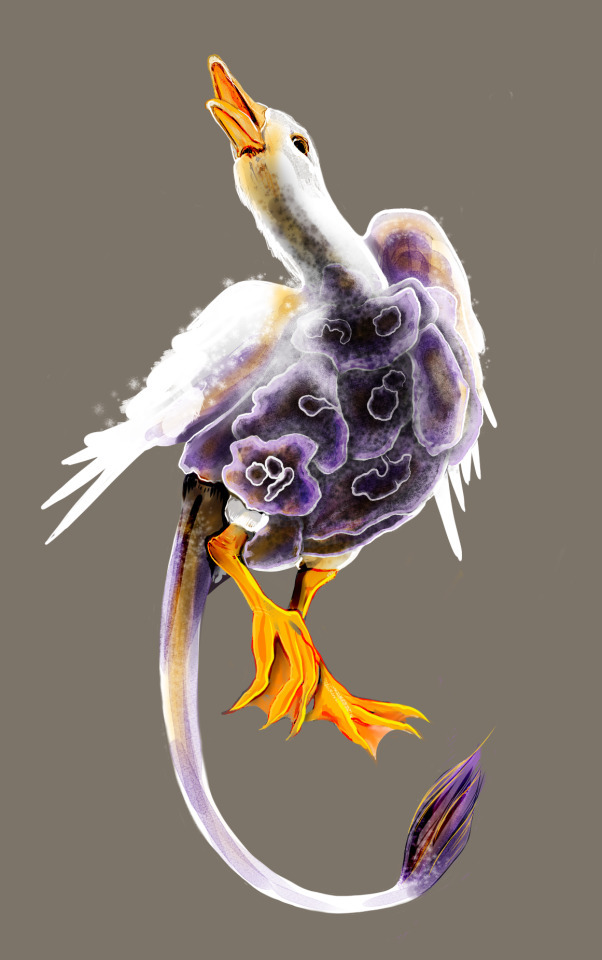





Funguary Week 2!
We had massive power, communications, transport and train blackouts this week. I lost a lot of food in freezers and so on. But I'm still going. Things are a bit chaotic, but we are still going strong.
Funguary Feb 8 - Satan's Bolete Behemoth - Rubroboletus satanas
Funguary Feb 9 - Silver Leaf Fungus Ipos - Chondrostereum purpureum
Funguary Feb 10 - Destroying Angel - Amanita virosa
Funguary Feb 11 - Bird's Nest Fungus - Nidulariaceae
Funguary Feb 12 - Demonic Dead Man's Fingers - Xylaria Polymorpha
Funguary Feb 13 - Demonic Lilac Bonnet - Mycena pura
Funguary Feb 14 - Demonic Bleeding Tooth Fungus - Hydnellum peckii
#funguary 2024#funguary#funguary week 2#satan's bolete#silver leaf fungus#destroying angel#bird's nest fungus#dead man's fingers#lilac bonnet#bleeding tooth fungus#mushroom#fungus#fungi
46 notes
·
View notes
Photo
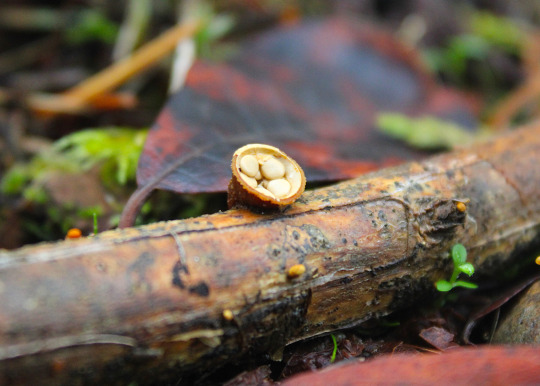

Bird’s Nest Fungi
Nidulariaceae
Western Washington, January 11 2023
Mary Howerton (shop)
#fungi#fungus#mushrooms#birds nest fungi#nature#nature photography#photography#original photography#photographers on tumblr#tumblr photographers#lensblr#forestcore#mycology#forest floor
232 notes
·
View notes
Text
FOTD #024 : dung-loving bird's nest! (cyathus stercoreus)
the dung-loving bird's nest (what a name !!) is a fungus in the family nidulariaceae. it grows worldwide, & is most often found in animal dung.
the big question : can i bite it??
while inedible, this fungus is used in both traditional medicine & biodegradation.


c. stercoreus description :
"the fruiting bodies, or perida, are funnel- or barrel-shaped, 6–15 mm tall, 4–8 mm wide at the mouth, sometimes short-stalked, golden brown to blackish brown in age. the outside wall of the peridium, the ectoperidium, is covered with tufts of fungal hyphae that resembles shaggy, untidy hair. however, in older specimens this outer layer of hair (technically a tomentum) may be completely worn off. the internal wall of the cup, the endoperidium, is smooth and grey to bluish-black. the 'eggs' of the bird's nest – the peridioles – are blackish, 1–2 mm in diameter, & there are typically about 20 in the cup. peridioles are often attached to the fruiting body by a funiculus, a structure of hyphae that is differentiated into three regions: the basal piece, which attaches it to the inner wall of the peridium, the middle piece, & an upper sheath, called the purse, connected to the lower surface of the peridiole."
[images : source & source]
[fungus description : source]
"little freak </3 i love him. be gross like that."
#• fungus of the day !! •#[cyathus stercoreus]#: dung-loving bird's nest :#024#||#fungi#mycology#fungus#mushrooms#earth#cottagecore#forestcore#mushroom#foraging#nature#cyathus stercoreus#dung-loving bird's nest
39 notes
·
View notes
Text

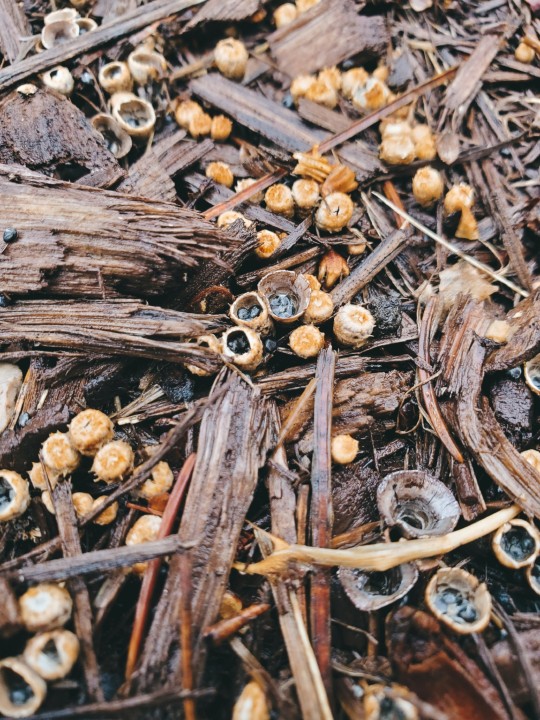
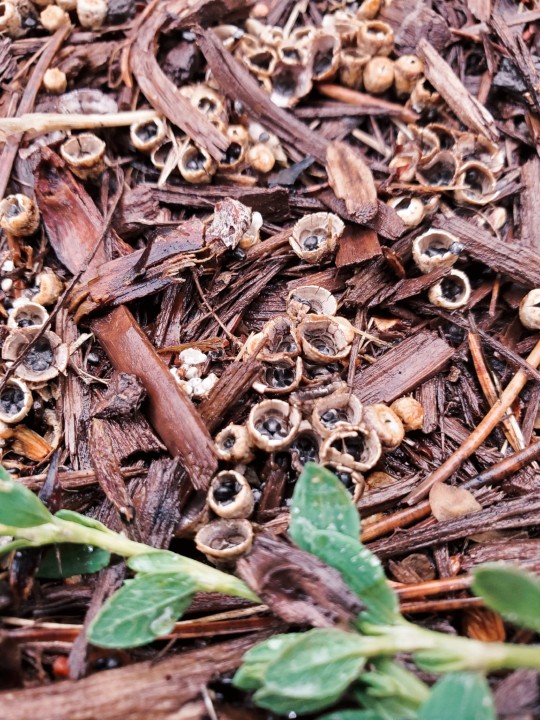

Saw some bird's nest mushies 🐦
Class: Agaricomycetes
Phylum: Basidiomycetes
Scientific Name: Nidulariaceae
#mushroom#mushrooms#mushroom babes#mushroom art#mycophile#mycophiles#mycology#mush love#nature#nature photography#personal post#personal#my photography
16 notes
·
View notes
Photo
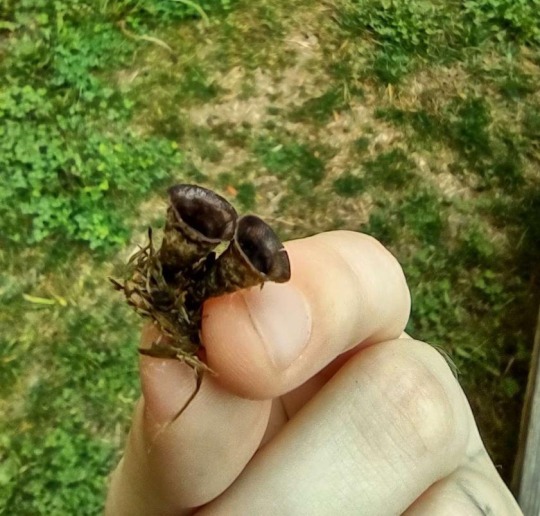
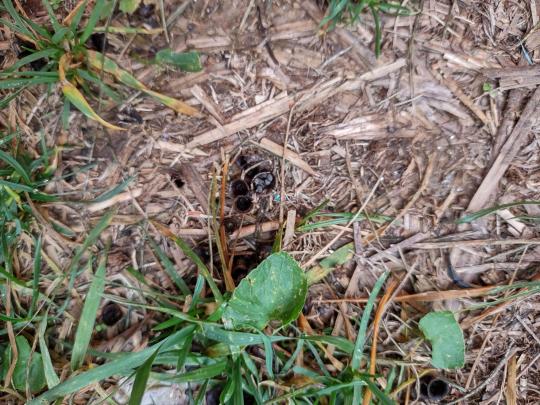
The day after it rained, 1/3 under a wooden picnic bench, I found a 2-foot in diameter patch of these tiny funnel-shaped mushrooms! I’d never seen anything like them in my entire real life!
Some of them had things that looked like really small black lentils in them, maybe the peridioles of some kind of Nidulariaceae? I think they might be field bird’s nest mushroom, I can’t find any other bird’s nest mushroom with as dark a coloration!
#i found all this out in a 2-hour long frantic rabbit hole#that began with scrolling through at least 3 pages of inaturalists's list of pennsylvanian fungi species#i couldnt just look up 'conical mushroom' because that always made results for mushrooms with the cones the wrong way >:(
0 notes
Text


Did you expect me to talk about fungus in the garden? Me neither! But I had heard about Bird’s Nest fungus from a gardening channel, and when I spotted it in my mulch, I actually got excited.
Nidulariaceae get their name from their appearance, which looks like tiny bird’s nests with eggs! I think they’re kinda cute…they are non-toxic to people and animals, and are commonly found on mulch or rotting leaves. They’re actually beneficial as they are breaking up old plant material to put the nutrients back into the soil. So leave them alone and they’ll clear up on their own.
1 note
·
View note
Text
Funguary 2024 Day 11
👹 Week 2: Demonic
🪺 Nidulariaceae aka Bird's Nest Fungus

A girl who breeds eggs. But no one knows which of them will hatch. Maybe it's a bird, maybe it's a monster.
Other arts:
🧢 Mycena Subcyanocephala
🪸 Lilac Coral Fungus
🦃 Turkey Tail
☁️ Cystolepiota
🏮 Filoboletus Manipularis
🪽 Angel Wings
🧽 Penicillin
👹 Satan's Bolete
🌳 Silver Leaf Fungus
🗡️ Destroying Angel
🪺 Birds Nest Fungus 🍄
🧟 Dead Man's Fingers
👒 Lilac Bonnet
🩸 Bleeding Tooth
🪮 Black Velvet
🍜 Enoki
🍘 Dotted Stem Bolete
🌧️ Inky Cap
☕ Black Trumpet
🧤 Amethyst Deceiver
🍚 Puffball
Organizer: @/feefal
7 notes
·
View notes
Text
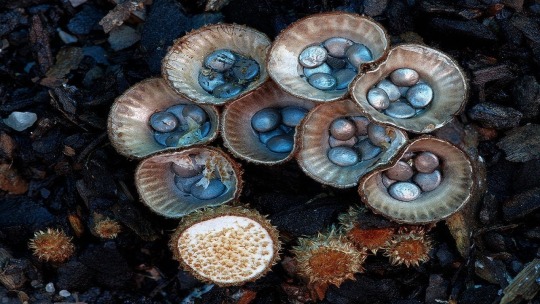
Nidulariaceae (Bird’s nest fungi)
#birds nest fungi#bird’s nest#iridescent#fungi#fungus#mushrooms#nature#photography#close up#Nidulariaceae#fav#upload#blue#forest#beautiful#aesthetic#nest#bird nest#cool fungus
62 notes
·
View notes
Text
What should I do for 200 followers?
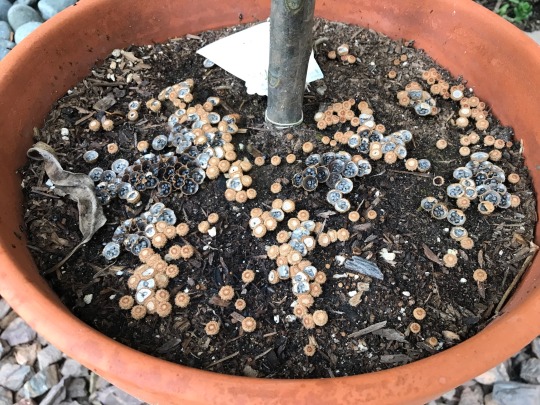
Also look at this fungus.
#ven talks#fungus#mushrooms#fungi#birds nest fungi#nidulariaceae#Cyathus stercoreus#dung loving birds nest#dung birds nest
4 notes
·
View notes
Photo



Kew Gardens, London, UK, October 2019
Bird’s nest fungi (Crucibulum laeve)
These tiny mushrooms are difficult to spot, being tiny and well camoflaged, but once you’ll see them you’ll start noticing hundreds in groups on surrounding rotten wood.
The first, browning group are most likely common bird’s next fungi (C. laeve), but I wouldn’t feel confident making a definite ID. The second, more grey specimens I’m even less confident of - possibly they’re older, greying specimens of the same common bird’s nest, or possibly another species in the Nidulariaceae family.
I found these while walking around Kew Gardens with my family, who were having a fun time being sweet and pointing out every mushroom they found to me - meaning I had to stop and fawn over every little brown mycena or mower’s mushroom they found.
#mycology#mushrooms#fungi#wild mushrooms#wild fungi#birds nest fungus#birds nest fungi#Nidulariaceae#Crucibulum#Crucibulum laeve#common bird's nest fungi#common bird's nest fungus#inedible fungi#kew gardens#tiny fungi
60 notes
·
View notes
Text



3 notes
·
View notes
Video
youtube
A really small and cool fungus I found in the summer!
#mushroom#mushroomhunting#fungus#fungi#mushrooms#video#4k#4k video#mycelium#birds nest#nidulariaceae#forest floor#forest#woods#hike#hiking#day hike#tree#trees#trail
6 notes
·
View notes
Photo
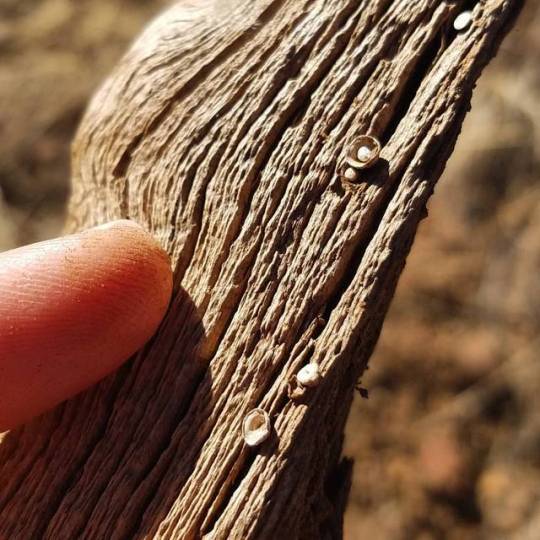
Itty bitty bird's nest fungi! Most of these fungi of the Nidulariaceae family are saprotrophs, feeding on decaying organic matter. I most often find them on wood. #birdsnestfungi #Nidulariaceae #mycology #fungi #mushroom #shroom #mushroomsociety #forestfinds #botanize #botany #nature #naturephotography (at Arizona)
#nature#mycology#forestfinds#naturephotography#fungi#botanize#birdsnestfungi#botany#shroom#nidulariaceae#mushroomsociety#mushroom
4 notes
·
View notes
